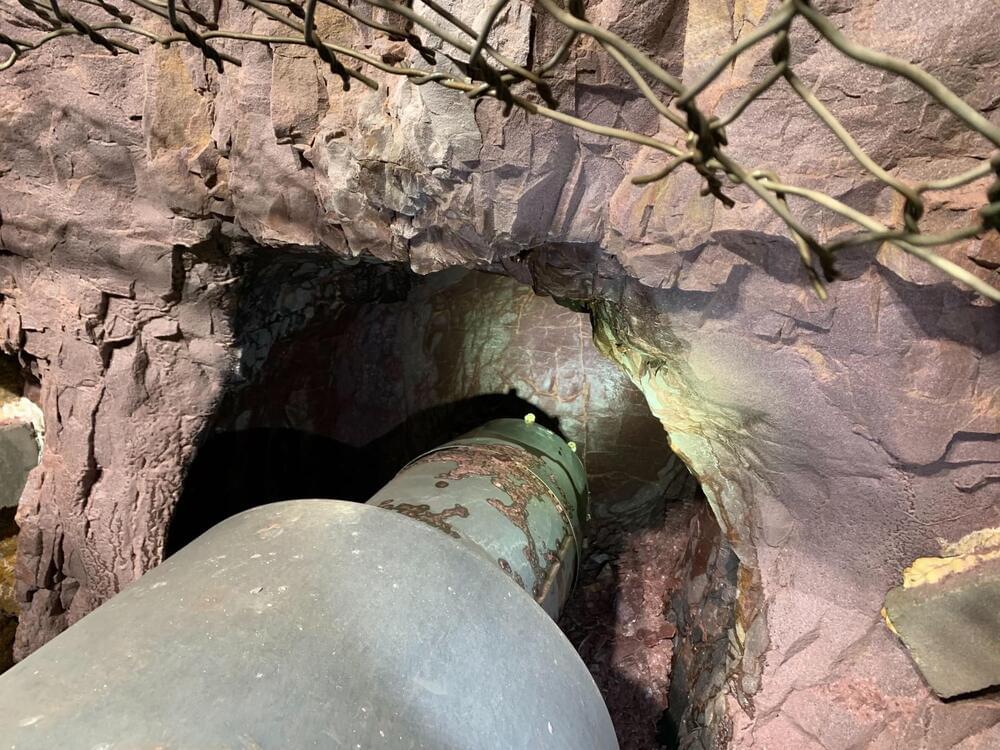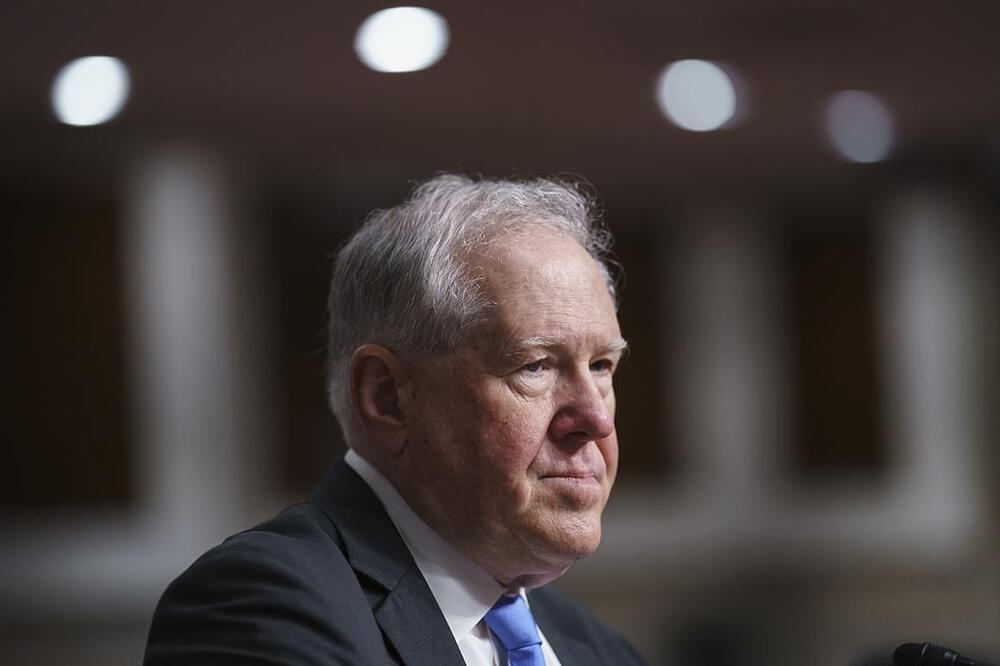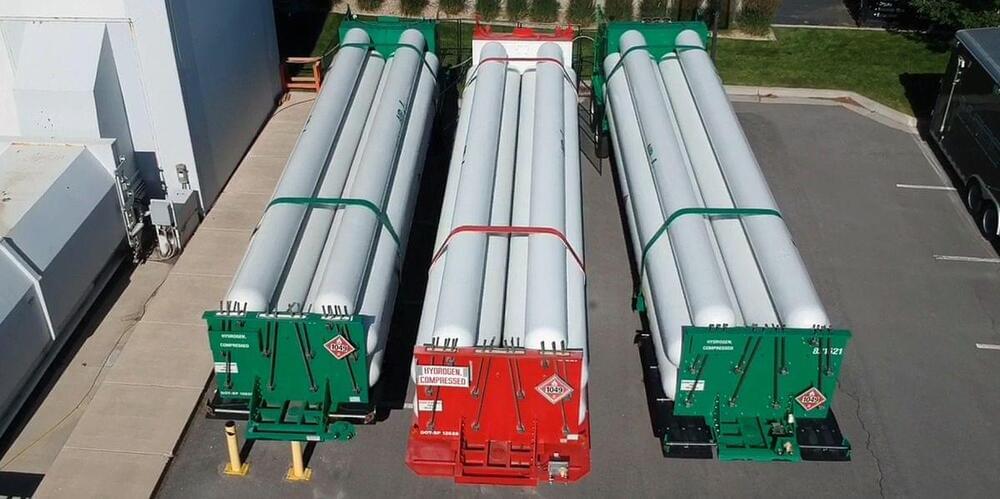Elementary, a company developing an AI platform for automating physical product inspections, has raised $30 million in venture capital.



According to a newly released survey from nonprofit technical organization IEEE, about one in five respondents say AI and machine learning (21%), cloud computing (20%), and 5G (17%) will be the most important technologies next year. The study examines the most important technologies in 2022, the industries expected to be most impacted by technology in the year ahead, and anticipated technology trends through the next decade.
What industries are expected to be most impacted by technology in the year ahead? Technology leaders surveyed cited manufacturing (25%), financial services (19%), health care (16%), and energy (13%) as industries poised for major disruption.
Regarding the key technology trends to expect through the next decade, an overwhelming majority (95%) agree — including 66% who strongly agree — that AI will drive the majority of innovation across nearly every industry sector in the next one to five years. Furthermore, 81% agree that, in the next five years, one-quarter of what they do will be enhanced by robots, and 77% agree that, in the same timeframe, robots will be deployed across their organization to enhance nearly every business function, from sales and human resources to marketing and IT. A majority of respondents agree (78%) that in the next 10 years, half or more of what they do will be enhanced by robots.

Petra emerged from stealth this week, announcing a $30 million Series A. The round, led by DCVC, brings the robotics company’s funding up to $33 million, with additional participation from ACME Capital Congruent Ventures, 8VC, Real Ventures, Elementum Ventures and Mac Venture Capital.
“We’ve invented a completely new way to excavate rock and this will have profound implications on the future of tunneling,” co-founder and CEO Kim Abrams said in release tied to the news. “By delivering a boring solution that affordably undergrounds utilities through high-grade rock, we can finally protect communities from exposure to wildfires and ensure the safety of critical infrastructure in disaster-prone areas, especially in places like the Sierra Nevada mountains, Rocky Mountains, and coastal regions.”
The news arrives as the company is announcing a successful pilot of its robot, Swifty. According to the firm, the robot successfully bored a 20-foot tunnel through Sioux Quartzite at a rate of one inch-per-minute. The metamorphic rock is notoriously hard, making it a popular choice for buildings in the upper Midwest region in which it is found. That strength, however, also makes it a formidable challenge from infrastructure and other projects that require tunneling.

The disclosure is the strongest indication yet that the service is banking on autonomous weapon systems to give it an edge in the increasingly fierce military competition with China.

California-headquartered SunPower (Nasdaq: SPWR) announced today that it’s launched SunPower Financial, which means that customers working with SunPower to buy rooftop solar and storage no longer need a third-party lender to obtain and manage financing.
SunPower claims that it’s now the first and only solar provider to give US homeowners a one-stop shop for the purchase of solar and storage, including design, sales, installation, financing, and warranty.
A key aim of the launch of its financial arm is to expand access to residential solar for lower-income customers.
Bitcoin Vs Gold: Peter Schiff Vs Anthony Scaramucci.
Peter Shiff makes several points about gold:
Gold: it has physical properties that makes it real and valuable. It’ll never lose its value. Gold has a long history and has been used for thousands of years.
Peter Schiff makes several points against bitcoin:
Bitcoin is not anything real. It’s just a string of numbers.
It has no real value because there are no properties that makes it valuable.

The idea of Web 3.0 has been disappointing for Elon Musk and he has referred to it as BS. The reasons are unclear but might be soon unveiled.
TL;DR Breakdown.
Web 2.0 has ensured that the informational needs are fulfilled and has also opened ways for education, finance, banking, health, and other domains. As all these are integrated into a new space, we have the opportunity to see the evolution of the web.

As part of its plan to go carbon-neutral by 2030, Microsoft is considering replacing its diesel backup generators with hydrogen battery storage. The company has successfully kept part of one of its datacenters online for 48 hours on hydrogen power alone.
Datacenters are massive facilities that are usually full of servers and any variety of other computer or telecoms equipment. They might house the daily or even hourly backups from financial institutions and other high-demand users, because the wrong kind of disaster could wipe out a bank’s entire internal network.
Dive deeper. Read the most in-depth science and tech features, solve life’s biggest mysteries, and get unlimited access to all things Pop Mech—starting now.
Learn Artificial Intelligence with these online courses
#artificialintelligence … See more.
Are you looking for the Best Certification Courses for Artificial Intelligence? If yes, then your search will end after reading this article. In this article, I will discuss the 10 Best Certification Courses for Artificial Intelligence. So, give your few minutes to this article and find out the Best AI Certification Course for you.
Artificial Intelligence is changing our lives. We can see the evolution of AI almost in every industry like finance, healthcare, education, transportation, and more. The best examples of Artificial Intelligence are Self-Driven Cars, Google Assistant/Siri/Alexa, Product Recommendations, Chatbots, Facebook Image Recognition, GPS, Pandora, BLUE RIVER, and Plantix.
Bridging Technology And Medicine For The Modern Healthcare Ecosystem — Dr. Mona G. Flores, MD, Global Head of Medical AI, NVIDIA.
Dr. Mona Flores M.D., is the Global Head of Medical AI, at NVIDIA (https://blogs.nvidia.com/blog/author/monaflores/), the American multinational technology company, where she oversees the company’s AI initiatives in medicine and healthcare to bridge the chasm between technology and medicine.
Dr. Flores first joined NVIDIA in 2018 with a focus on developing their healthcare ecosystem. Before joining NVIDIA, she served as the chief medical officer of digital health company Human-Resolution Technologies after a 25+ year career in medicine and cardiothoracic surgery.
Dr. Flores received her medical degree from Oregon Health and Science University, followed by a general surgery residency at the University of California at San Diego, a Postdoctoral Fellowship at Stanford, and a cardiothoracic surgery residency and fellowship at Columbia University in New York.
Dr. Flores also has a Masters of Biology from San Jose State and an MBA from the University at Albany School of Business. She initially worked in investment banking for a few years before pursuing her passion for medicine and technology.